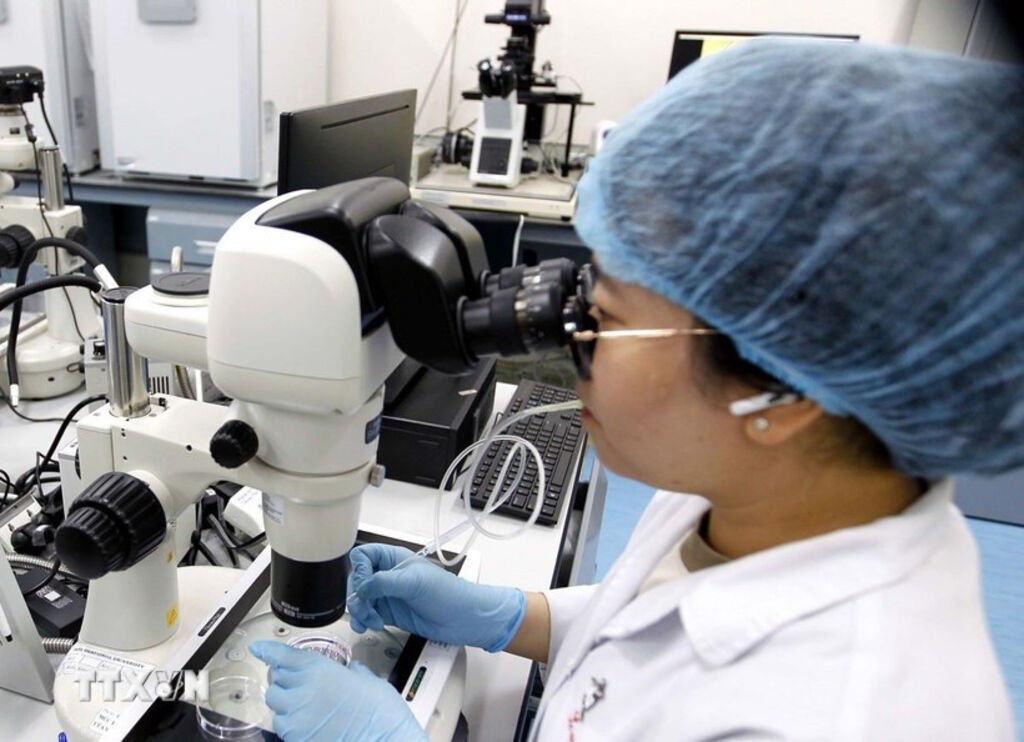 |
| The Law on Science, Technology and Innovation outlines a clear path for Vietnam to transition from a user to a master of strategic technologies__Photo: VNA |
The Law on Science, Technology and Innovation, and the Law on Corporate Income Tax will take into effect on October 1.
The Law on Science, Technology and Innovation, spanning seven chapters and 73 articles, establishes a legal framework to elevate Vietnam’s sci-tech and innovation capabilities. Aimed at bolstering socio-economic development, national defense, and citizens’ quality of life while contributing to global progress, the law shifts governance toward risk management. It outlines a clear path for Vietnam to transition from a user to a master of strategic technologies.
Notably, the law designates May 18 as Vietnam’s annual Science, Technology and Innovation Day.
The Law on Corporate Income Tax, with four chapters and 20 articles, codifies key tax reforms outlined by the Party and State.
Article 10 introduces tiered corporate tax rates: a standard 20 percent, a rate of 15 percent for firms with annual revenue up to VND 3 billion (USD 115,300), and 17 percent for those with revenue between VND 3 billion and VND 50 billion. Higher rates apply to resource extraction – 25 percent to 50 percent for oil and gas, and 50 percent for mining platinum, gold, silver, tin, tungsten, antimony, gemstones, rare earths, and other resources. Mines in regions with severe socio-economic challenges, where at least 70 percent of the area qualifies, benefit from a 40 percent rate.
Separately, the Law on amendments and supplements to several articles of the Law on Credit Institutions, comprising three articles, will take effect on October 15.
A key change empowers the State Bank of Vietnam to issue special loans at a 0percent interest rate without collateral, granting the central bank full authority to provide timely liquidity support for credit institutions through special lending.- (VNA/VLLF)









